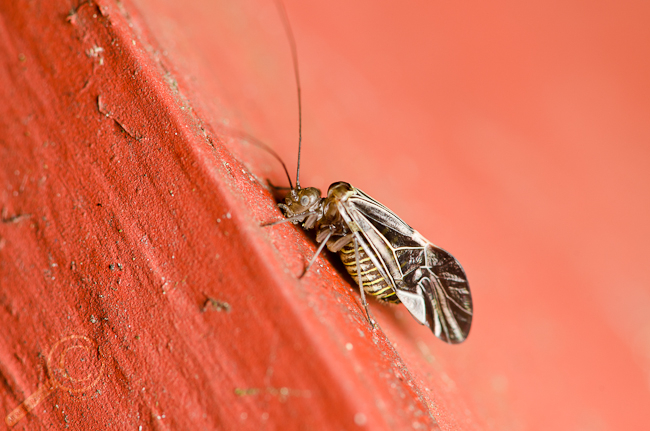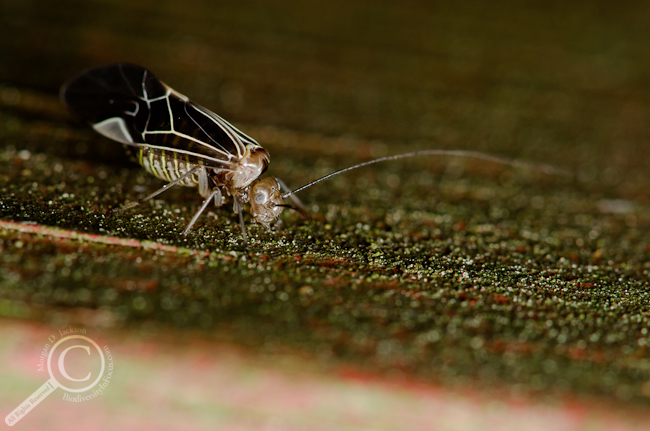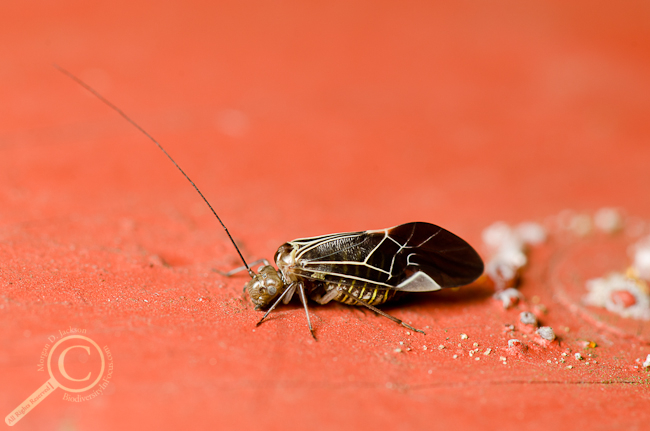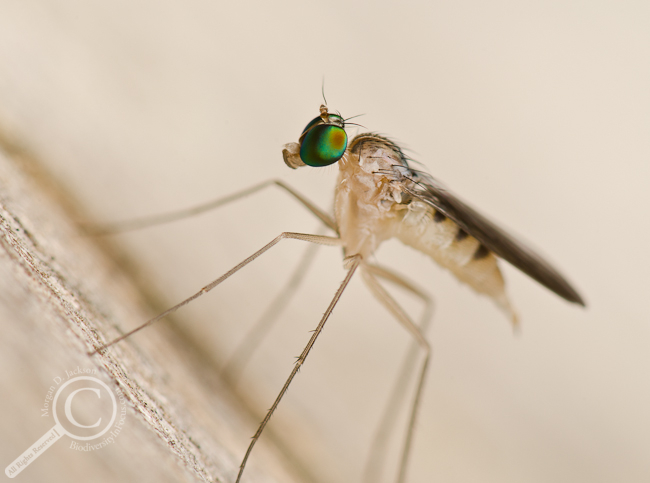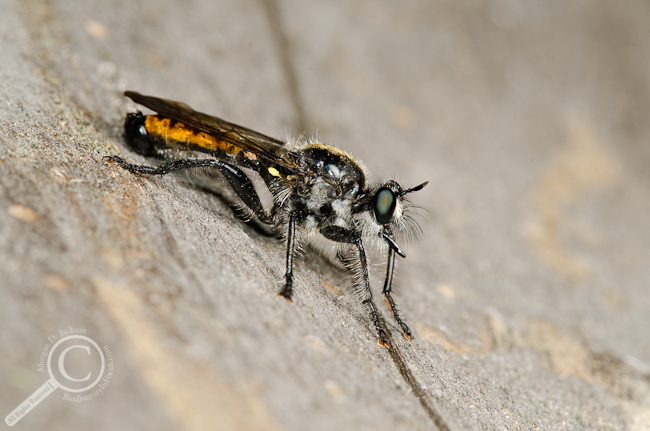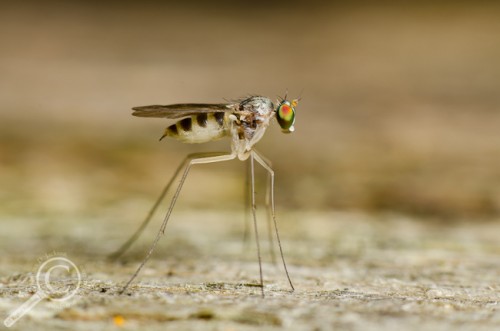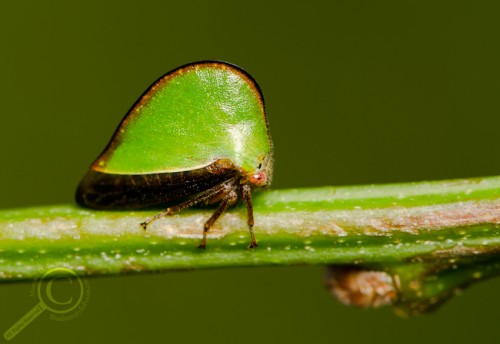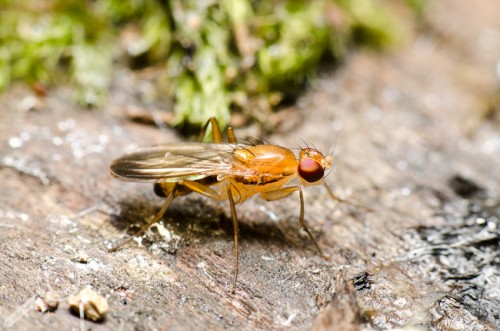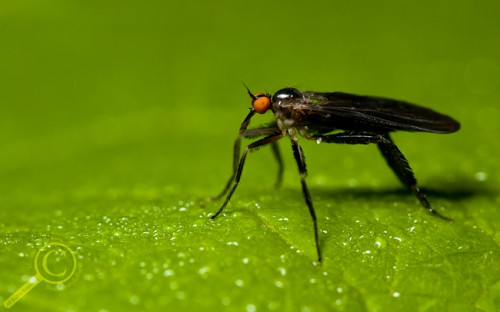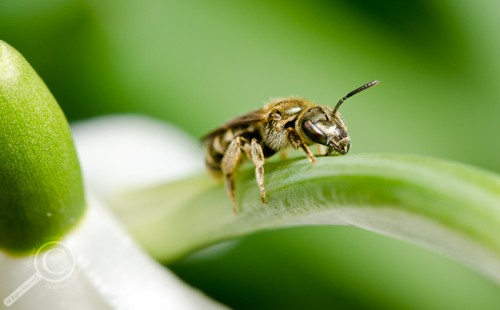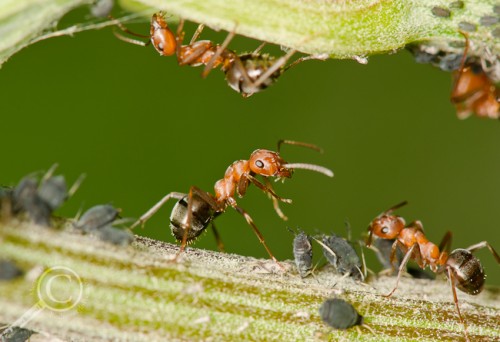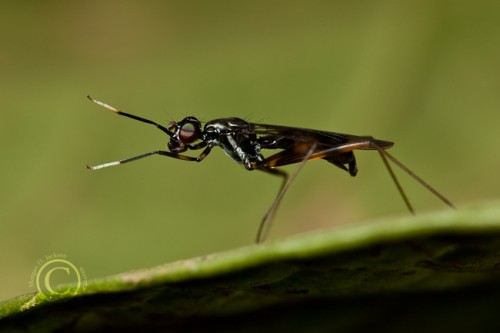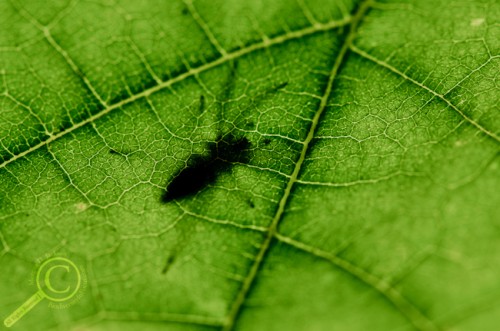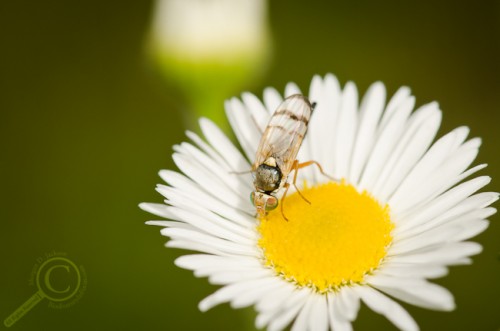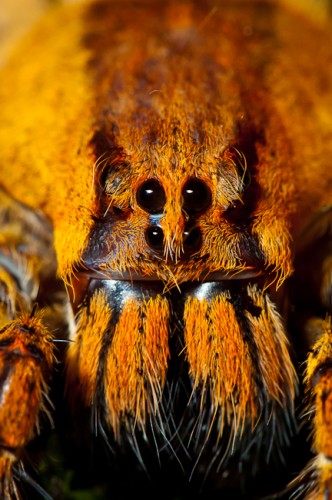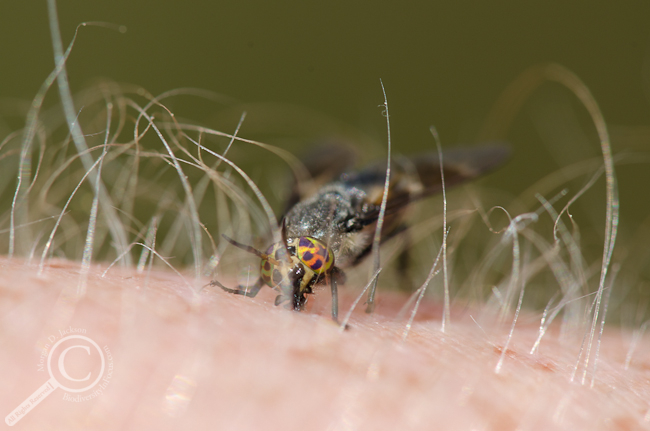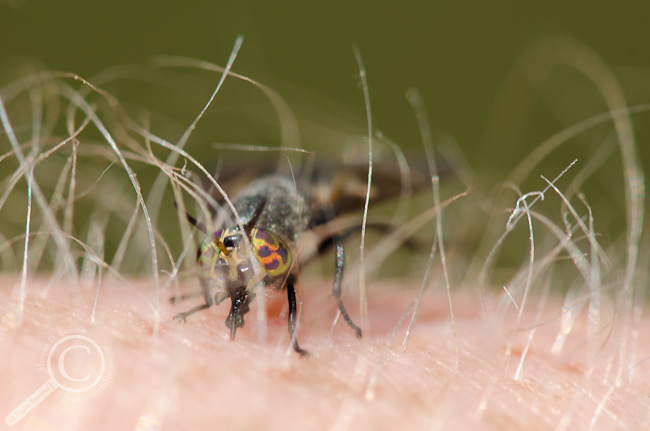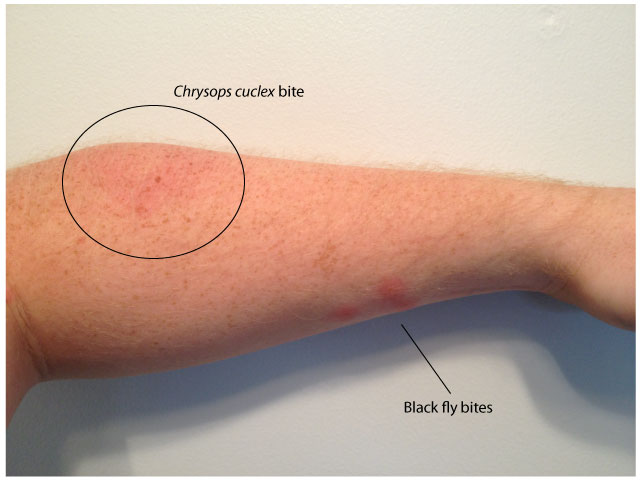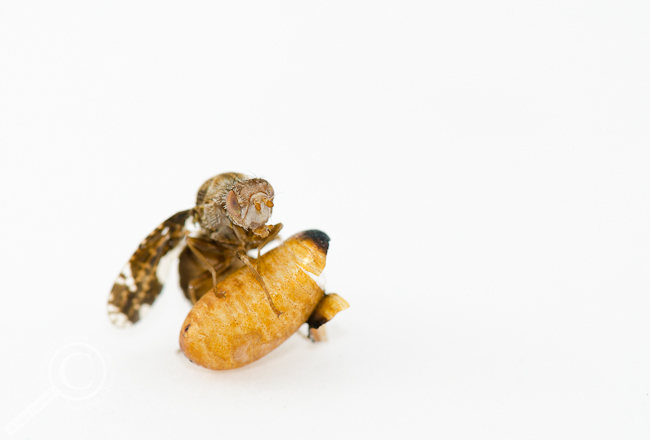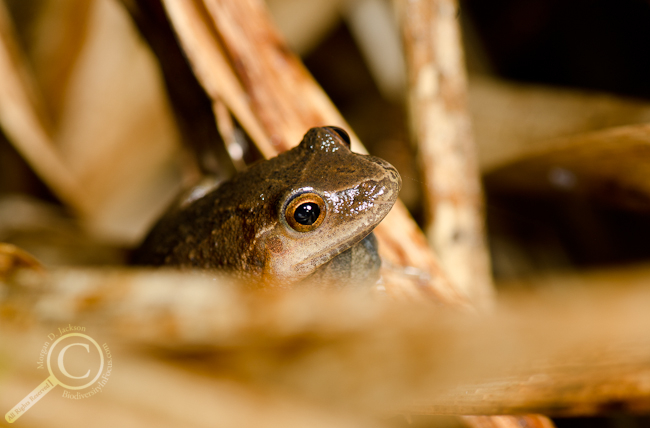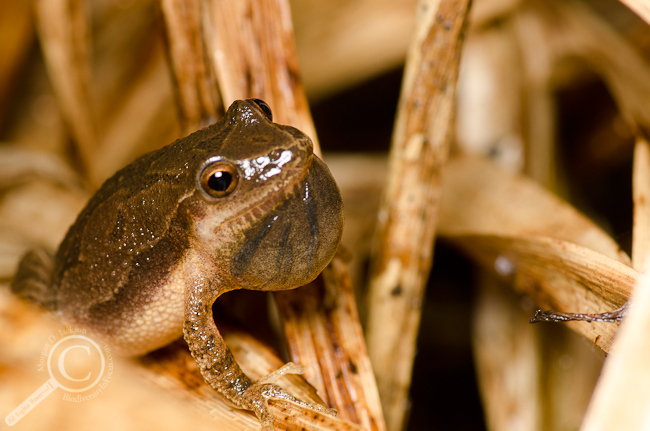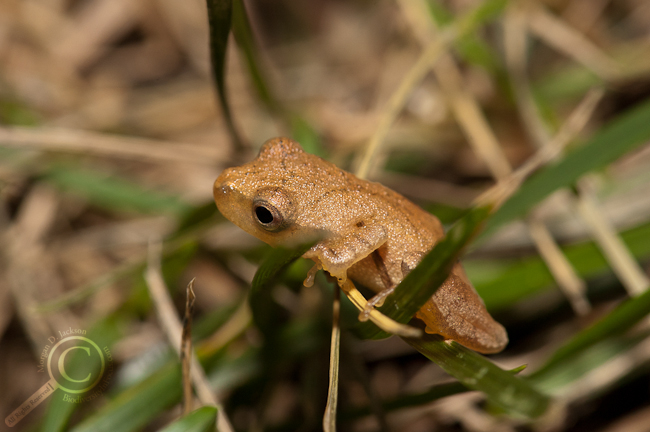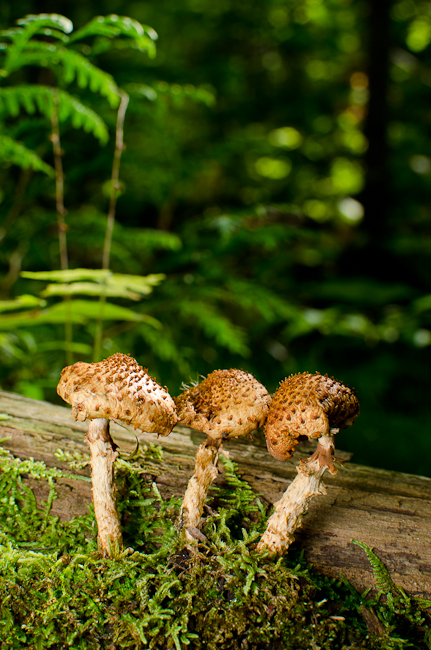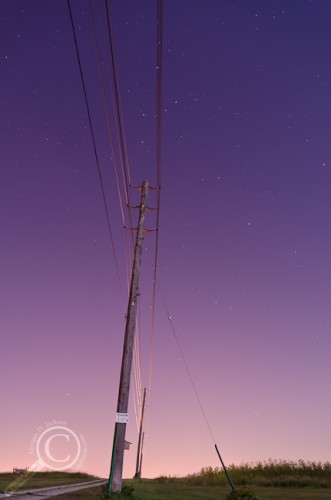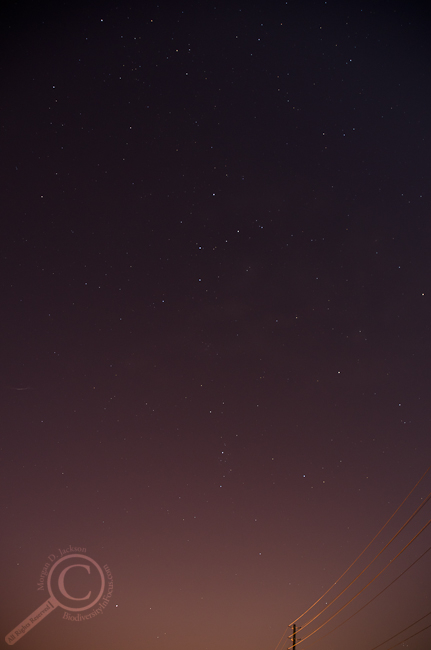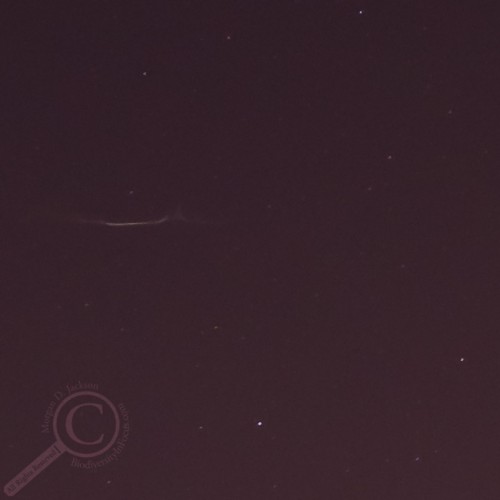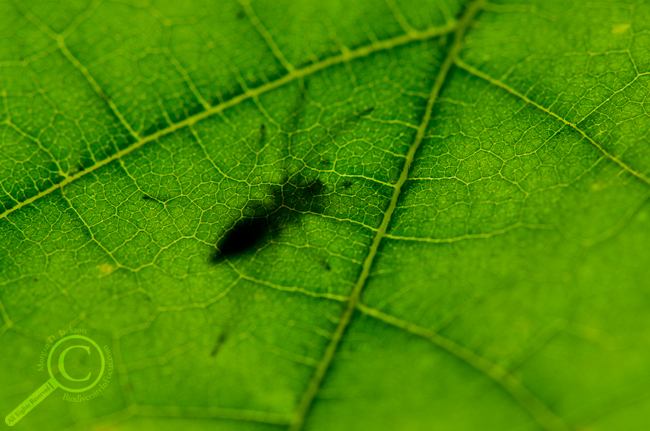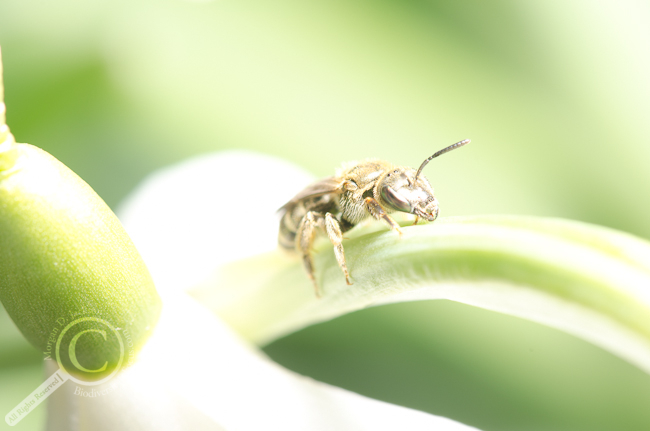As hard as it is for me to believe, we’ve reached the end of August already. Where the summer has disappeared to I have no idea, but at least BugShot 2012 is finally here!
Bright and early tomorrow morning I’ll be making my way down to Archbold Research Station in central Florida to hang out with a bunch of bug nerds and photography geeks for 72+ hrs of total macrophotography immersion. To say I’m excited would be a bit of an understatement at this point! I can’t wait to meet and learn from not only the dream team of instructors (Alex Wild, Thomas Shahan and John Abbott), but also the other participants who will be bringing a wide array of skills and specialties to the workshop.
As has become somewhat of the norm whenever I travel for work-related stuff, I’m going to try and post a summary of the day’s events each night with highlights, photos and various other musings, while tweeting things as they happen (when WiFi allows).
While I haven’t been able to get out quite as much as I would have liked to in preparation for this workshop, I did manage to find a nice barklouse last weekend while on vacation. This Cerastipsocus venosus (family Psocidae) was hanging out with me on the cottage porch while I BBQ’d dinner and sat still long enough for a few pictures.

